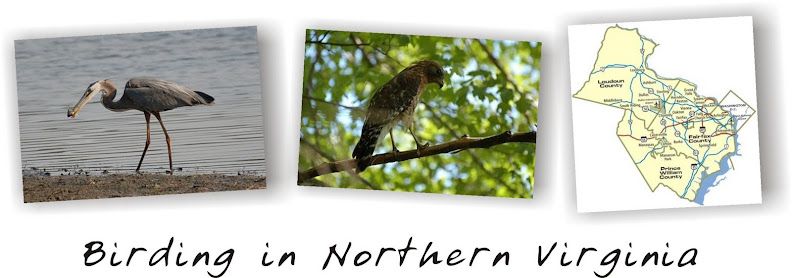Birds molt to get rid of dead feathers. I didn’t really notice this until I started reading some of my favorite bird blogs. Then last night while I was sitting outside eating dinner, a Blue Jay flew in to eat at one of the feeders. While he or she had most of its lower feathers, its head was nearly bald. This got me to thinking. What kind of birds molt and how often?
Molting is usually done in the fall right before a bird would migrate, so it is the perfect time of year to see molting birds. Birds that do molt generally fall into 3 categories; ones that molt 1 time a year, ones that molt 1 complete and 1 partial a year and ones that molt 2 times a year. Although scientists don’t completely know why birds molt, they generally agree it is a hormonal change brought on by the onset of fall.
If a feather goes bad, they must shed it to replace it. It can’t heal itself.
This is only about backyard birds.
One molt per year:
Many species have one complete molt per year. These include:
Chickadees
Flycathers
Hummingbirds
Jays
Swallows
Thrushes
Vireos
Woodpeckers
One complete molt and one partial molt per year:
Some species molting into their basic plumage and also their bright breeding plumage. Males always molt and change colors while females molt and keep their same colors. These include:
Buntings
Tanagers
Warblers
Two complete molts per year:
Only a few species undergo two full molts per year. Most of these live in areas where the environment causes significant feather wear and tear.
Marsh Wrens
Bobolinks

















